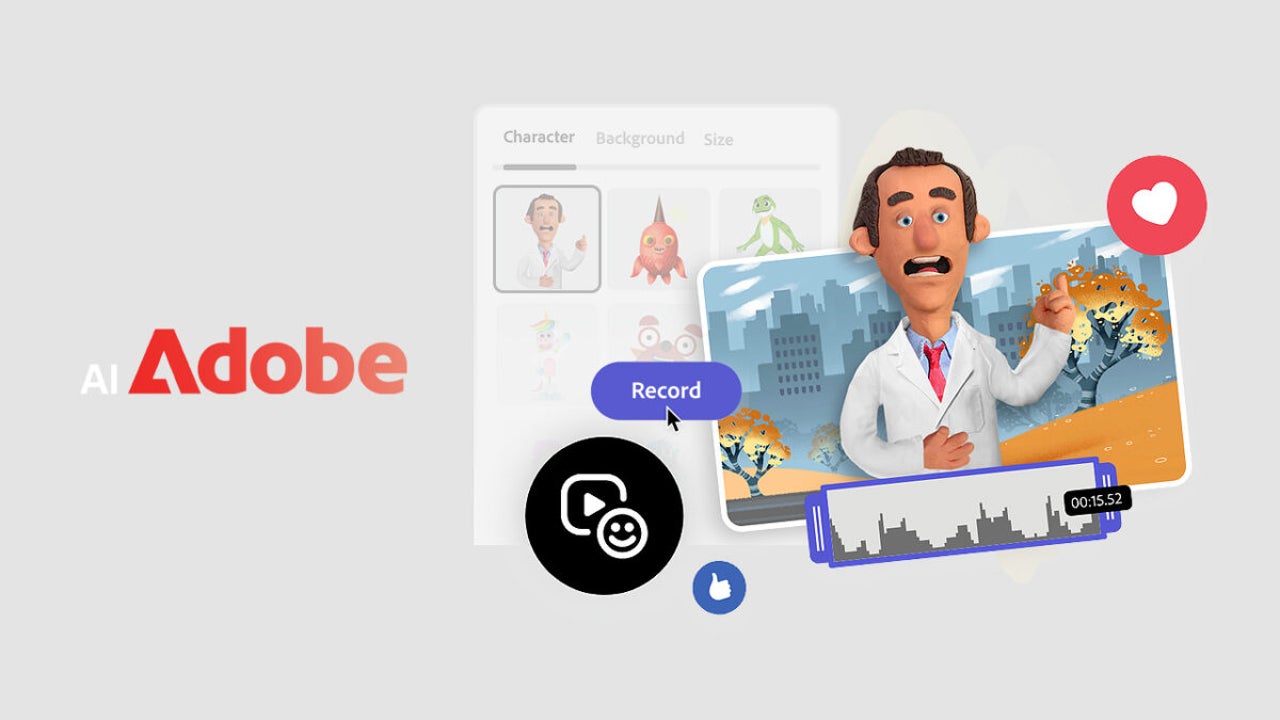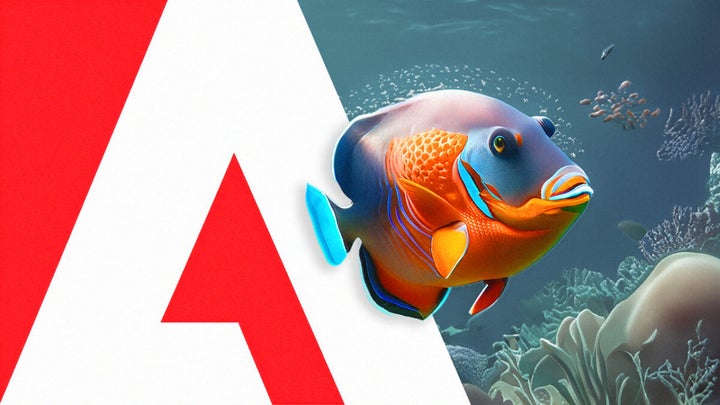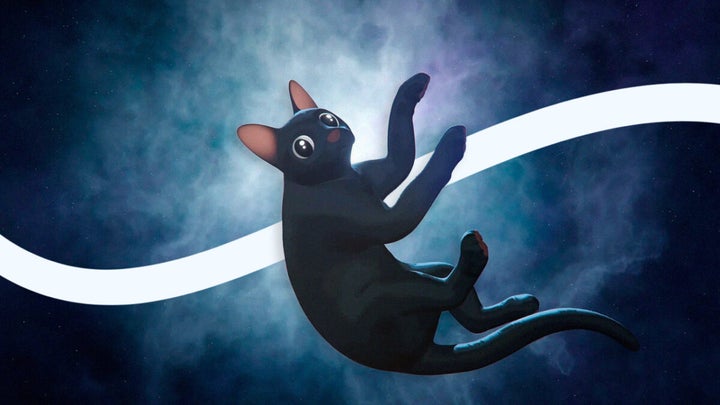The revolution of 2D animation arrives thanks to Adobe's AI
Adobe Animate and After Effects have taken a giant leap in working with this technology

- April 23, 2025
- Updated: April 23, 2025 at 5:02 PM

Artificial Intelligence has impacted our lives like few technologies have before. Thanks to generative AIs and chatbots, the way we interact with our digital environment has been optimized. But AI has not only revolutionized our daily lives, it has also impacted the most creative jobs.
One of the best examples of the impact of this technology is 2D animation. While until recently we believed that this type of animation corresponded to traditional work, where artists draw each frame one by one, for years we have seen how technology has impacted their processes. And now, thanks to AI, the way 2D characters are brought to life is being transformed.
Using AI to Optimize Production Processes
From lip-sync automation to motion interpolation, the functions that AI offers to optimize 2D animation processes are increasingly numerous. The latest versions of Adobe Animate and After Effects have integrated Adobe Sensei, one of the most advanced AIs in these aspects, to significantly improve the workflow of animators. But what are its main features?
One of the most interesting tools is the Auto Lip-Sync from Adobe Animate. This feature focuses on synchronizing the lip movements of characters with the corresponding voice, which drastically reduces the time needed to sync dialogues with animation. Additionally, it allows for very natural and expressive results, without the need for manual keyframes.
Another very interesting use is motion interpolation. Thanks to machine learning algorithms, Adobe has improved the fluidity in the transition of poses and movements, making smoother and more dynamic animations easier with less manual intervention. These tools allow even animators with less technical experience to generate complex movements without the need to work frame by frame.
Even, AI is helping to improve the pace of animations. Through Adobe Animate, you can identify patterns in character animation to intelligently adjust timings. This way, you can optimize the naturalness of the movement of your creations.

Smart Rigging: The Greatest Advancement of the Century in Animation Processes
But the biggest revolution of AI in animation has to do with character rigging. Animators know that this is one of the most labor-intensive processes to carry out, as it involves creating the structure of the characters to then deform them or put them in different poses. Although it is something that is more related to 3D animation, AI rigging is also used in many two-dimensional animations, so it is a process that should be taken into account.
Another related advancement is the ability to automatically adapt rigs to different visual styles. In just a few clicks, an animator can apply the same base model to multiple characters without the need to redraw each one from scratch. This represents a true revolution, as it greatly simplifies the work of productions that require a large number of background characters.
And we cannot forget Adobe Character Animator. This software allows you to capture movements in real time using facial and gesture recognition, thus eliminating long hours of this process. On the other hand, Adobe has incorporated features such as automatic generation of intermediate frames using AI, which allows for more precise interpolations and removes the “heavy lifting” from the animator. Thanks to the recent integration of neural networks in After Effects, movement prediction has become smarter and more adaptable, making character animation impressively natural.
An industry that keeps growing
The possibilities of Artificial Intelligence in animation are so vast that we still cannot begin to imagine what it can do. On one hand, there is its integration with generative AI tools. By combining both techniques, the possibilities rise to be infinite for the future of animation. This will lead to an evident democratization. It is possible that independent creators and small production companies can now compete with large studios, just as we saw with the recent Oscar winner Flow.

But what we are already seeing and makes it clear that the revolution is real is the acceleration of production times. A job as burdensome as 2D animation did not seem to have too many possibilities with new technologies. However, Adobe’s AI applications are proving that the future is already here, and that very soon creators will be able to focus on creativity without being limited by technical barriers.
Cultural journalist specialized in film, series, comics, video games, and everything your parents tried to keep you away from during your childhood. Also an aspiring film director, screenwriter, and professional troublemaker.
Latest from Juan Carlos Saloz
- The best thing Star Wars has done in years has returned: why Andor is the way forward for the franchise
- I never thought a vampire western would be the best movie of the year: Ryan Coogler knocks it out of the park with Sinners
- Common People recaptures the essence of Black Mirror: in a world of machines, the best episode focuses on people
- Why is it impossible for the second season of The Last of Us to live up to the first?
You may also like

The Reloaded update of Season 3 arrives in Call of Duty: Black Ops 6 and Warzone
Read more

AMD changes its gaming approach thanks to the success of the RX 9000 series
Read more

Diablo 4 will receive an increase in difficulty with its new season
Read more

If you liked Sinners, you will love this other movie by Michael B. Jordan and Ryan Coogler
Read more

BYD surpasses Tesla and the Chinese car market dominates the global landscape
Read more

Clair Obscur: Expedition 33 has encountered a problem for its release in Oblivion Remastered
Read more